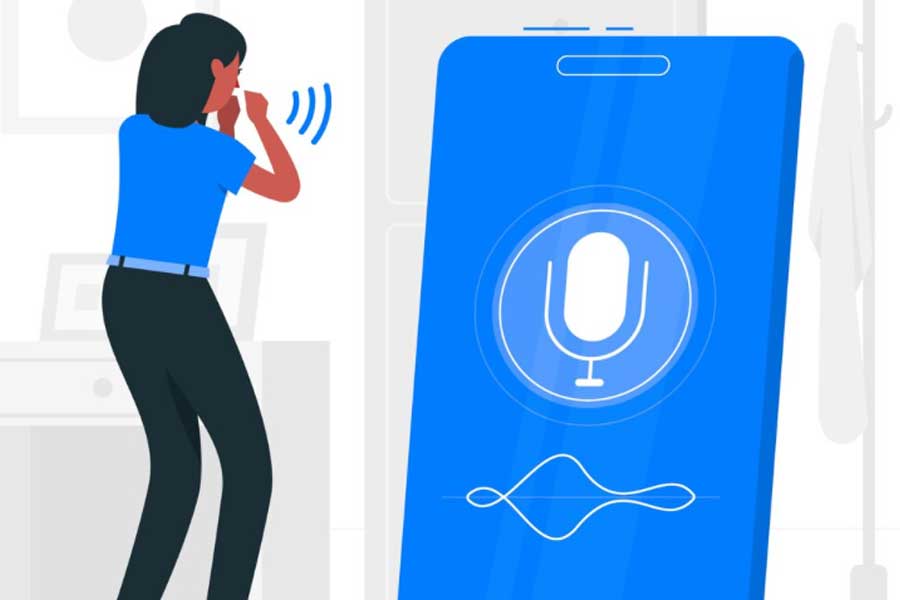Talking Websites: Embracing the Rise of Voice User Interface (VUI) in Web Design
In the ever-evolving landscape of web design, a new player has emerged to redefine the way users interact with digital platforms—the Voice User Interface (VUI). As the use of voice assistants and smart speakers becomes increasingly prevalent, web designers are adapting to harness the potential of VUI. Let’s dive into the realm of talking websites and explore the rise of Voice User Interface in contemporary web design.
1. The Evolution of Voice Interaction
The days of relying solely on keyboards and mouse clicks to navigate the digital world are fading. With the surge in popularity of voice-activated devices like Amazon’s Alexa, Google Assistant, and Apple’s Siri, users are embracing the convenience of voice interaction. Web designers are at the forefront of this evolution, integrating VUI to enhance user experiences.
2. Seamlessness in Interaction
Voice commands offer a level of seamlessness in user interaction that traditional input methods struggle to match. Users can now navigate websites, perform searches, and execute commands simply by speaking. This hands-free approach not only adds a layer of convenience but also caters to users with mobility challenges, fostering inclusivity in the digital space.
3. Enhancing Accessibility for All Users
Accessibility is a cornerstone of modern web design, and VUI plays a pivotal role in making websites more inclusive. By allowing users to interact with a website through speech, those with visual or motor impairments can access information, services, and functionalities without relying solely on traditional input methods.
4. Optimization for Voice Search
As voice search continues to gain traction, web designers are optimizing websites to align with user behavior. This involves incorporating natural language patterns and focusing on conversational content. By understanding how people phrase voice queries, designers can tailor content to meet the demands of an increasingly voice-driven search landscape.
5. Designing Intuitive Voice Interfaces
Crafting a successful VUI involves more than just adding voice commands to existing interfaces. Designers must consider the natural flow of conversation and anticipate user needs. Intuitive voice interfaces respond to context, providing a more dynamic and personalized interaction that mimics natural human conversation.
6. Overcoming Challenges in VUI Design
While the rise of VUI is transformative, it presents unique challenges for designers. Ensuring accuracy in voice recognition, addressing privacy concerns related to voice data storage, and creating interfaces that seamlessly transition between voice and traditional inputs are among the considerations designers must navigate.
7. The Role of VUI in Multi-Modal Experiences
VUI doesn’t exist in isolation. Web designers are increasingly integrating multi-modal experiences, combining voice, visuals, and touch interactions. This convergence allows users to seamlessly transition between different modes of interaction, offering a holistic and adaptable user experience.
8. Future-Proofing Web Design
The integration of VUI is not a passing trend; it’s a glimpse into the future of web design. Designers who embrace the potential of voice interaction are future-proofing their creations, anticipating the continued growth of voice-activated technologies and the evolving expectations of users.
Designing for the Spoken Web
As VUI takes center stage in web design, designers are faced with a transformative opportunity to create more accessible, dynamic, and user-friendly websites. The rise of Voice User Interface not only enhances the user experience but also challenges designers to think beyond traditional paradigms, ushering in a new era of web interaction where spoken words become the key to unlocking the vast potential of the digital realm.

